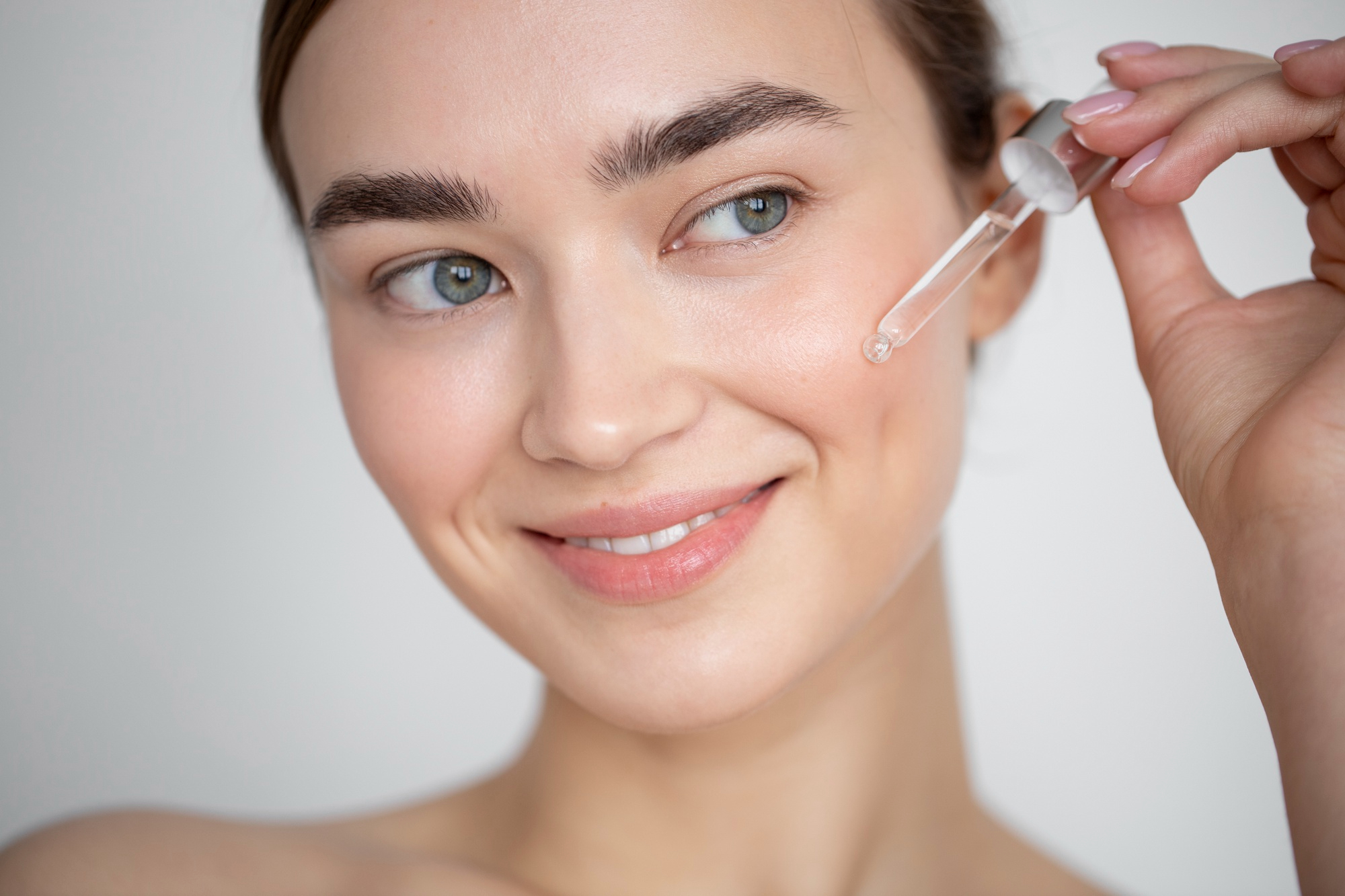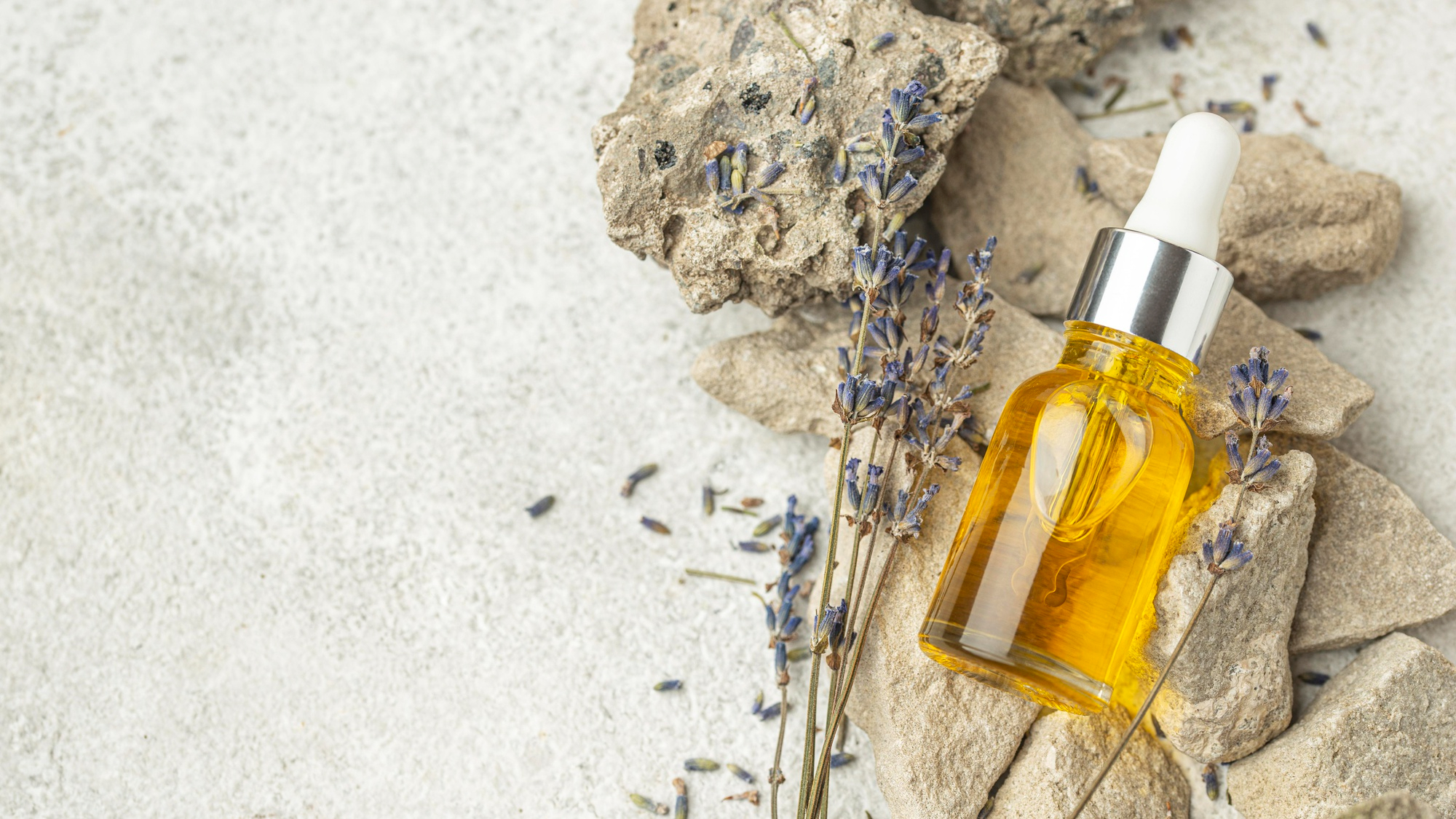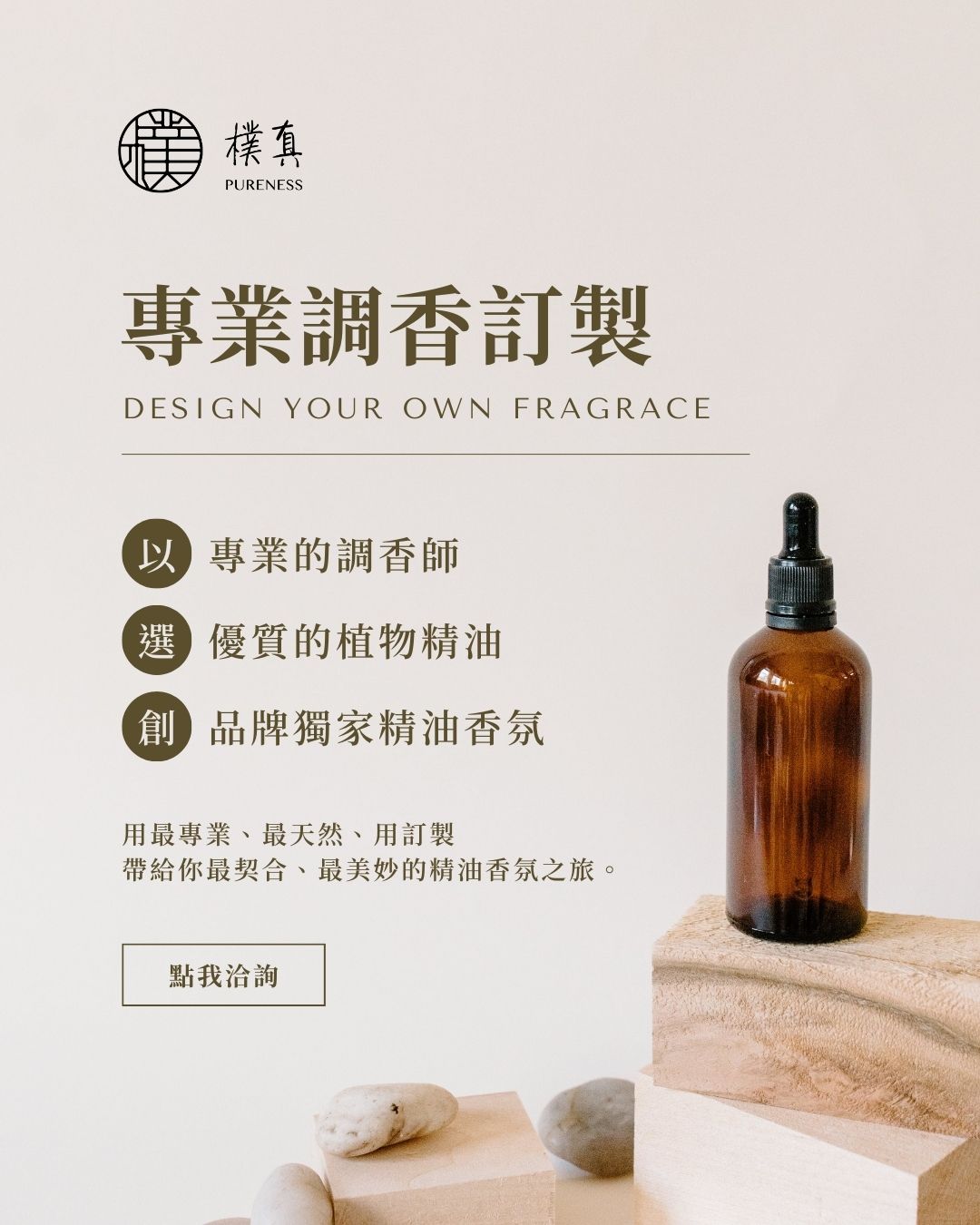
The skincare industry in Malaysia and Singapore is booming, driven by rising demand for natural, clean-label, and high-performance products. Whether you're starting your own skincare brand or launching a new product line, sourcing high-quality ingredients is one of the most crucial steps for building a trusted brand and delivering visible results to your customers.
In this guide, we'll explore what defines quality in skincare ingredients, what types of raw materials are trending, and how to choose a reliable supplier — especially if you're a new brand looking for flexibility, documentation support, and export-ready partners.
What Makes an Ingredient “High Quality” in Skincare?
High-quality skincare ingredients go beyond just effectiveness — they must also be safe, stable, and ethically sourced. Key markers of ingredient quality include:
Purity & Efficacy
Pure, unadulterated ingredients ensure better performance and lower risk of irritation or contamination.
Certifications
Look for globally recognized standards like COSMOS, ECOCERT, halal, or organic certifications to ensure credibility and safety compliance.
Origin & Traceability
Knowing where and how an ingredient is sourced can impact its quality, consistency, and brand storytelling — e.g., Moroccan argan oil vs generic blends.
Skin Compatibility
Quality ingredients should suit various skin types, especially sensitive skin, and be stable in formulations across temperature ranges.
Common Types of Skincare Ingredients for Natural Formulations
Fragrance oils are either synthetic or nature-identical blends designed to mimic natural or fantasy scents. Unlike essential oils, they are not extracted from plants but are formulated in labs to achieve spIf you're planning to create a natural or clean beauty line, here are the most common ingredient categories:
- Carrier Oils: Used as the base of many formulations, offering hydration and barrier repair. For examples: jojoba, argan, sweet almond
- Essential Oils: Added for their aroma and skincare benefits, but must be used in low concentrations. For examples: tea tree (acne), lavender (soothing), rose (anti-aging).
- Extracts & Actives: These include high-performance ingredients that offer hydration, brightening, or anti-aging benefits. For examples: aloe vera, niacinamide, hyaluronic acid
- Functional Agents: Include emulsifiers, preservatives, and stabilizers necessary for safe, long-lasting formulations
Tips: Work with suppliers who can provide formulation guidance or custom blending if you're new to cosmetic production.

Image source: Internet
Local vs Imported Skincare Raw Materials – What to Consider
As a skincare brand based in Malaysia or Singapore, deciding whether to source cosmetic ingredients locally or import them can significantly impact your operations and product quality. When weighing your options, consider key factors such as lead time, minimum order quantity (MOQ), ingredient shelf life, and the availability of proper regulatory documentation. Choosing the right sourcing approach will depend on your brand’s size, product focus, and long-term goals.
Local sourcing offers several advantages, including faster lead times, easier communication with suppliers, and better alignment with halal or local regulatory standards. This is particularly beneficial for new or small brands that value agility and control.
However, importing ingredients can be a strategic move when you're seeking rare or specialized raw materials not readily available in the local market. It also opens the door to more competitive pricing on high-demand oils and actives, especially when buying in bulk. Additionally, working with regional suppliers can provide supply chain flexibility without compromising on quality.
How to Choose a Reliable Skincare Ingredient Supplier
Your supplier can make or break your skincare brand — especially when it comes to quality, safety, and consistency.
When evaluating potential suppliers, look for those who can provide essential documentation such as a Certificate of Analysis (COA), Material Safety Data Sheet (MSDS), and IFRA compliance certificates. These indicate transparency and adherence to industry standards. It’s also important that the supplier operates from GMP-compliant or audited production facilities and is clear about ingredient sources and traceability.
Before committing, ask key questions such as: What is the minimum order quantity (MOQ) for new brands? Do you offer OEM or private label support? Are sample batches or custom blends available for testing before bulk purchase? These answers will help gauge whether the supplier is flexible and supportive enough for your business needs.
Red Flags
Be cautious of red flags like unclear ingredient labeling, refusal or inability to provide documentation, or inconsistent communication. These are signs that the supplier may not be dependable in the long term. Choosing the right partner at this stage can help you scale with confidence while maintaining product integrity.
PURENESS | Essential Oil Wholesale | Fragrance Product OEM
For over 20 years, Pureness has deeply cultivated the essential oil industry, offers flexible business models and imports over 200 essential oils, 250+ blends, and 50+ carrier oils globally. Since 2014, we have specialized in OEM/ODM skincare manufacturing, providing ISO22716-compliant formulation, packaging, and training. Our clean beauty range includes toners, serums, creams, gels, and masks. We ensure efficient logistics to Hong Kong, Taiwan, South Korea, and Malaysia, backed by a flexible return policy for seamless collaboration. Contact us now!
Contact Information|PURENESS
- Location: 5th Floor, No. 42, Zhongming South Road, West District, Taichung City
- Contact number: +886-4-2310-6863
- Email: sales@pureness.asia
- Contact channel: LINE@|Whatsapp|Email
More Articles

